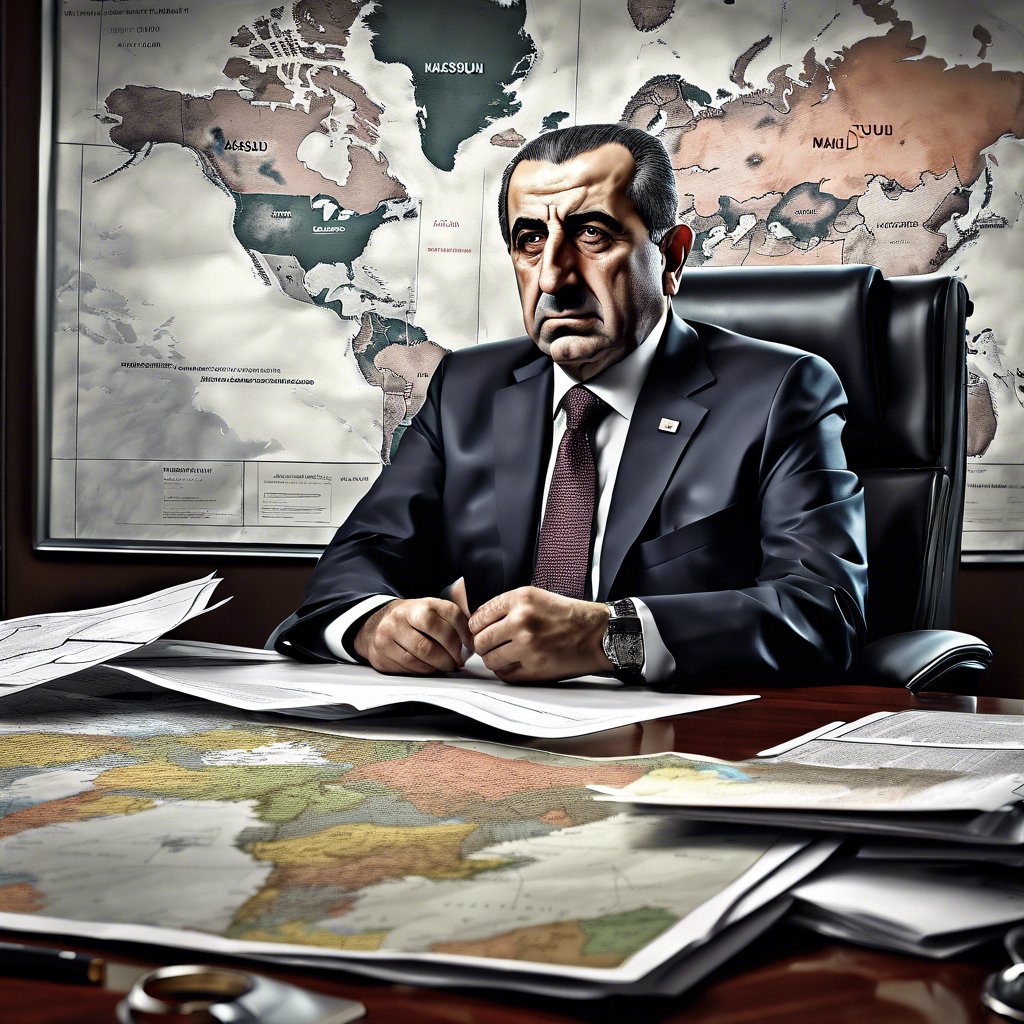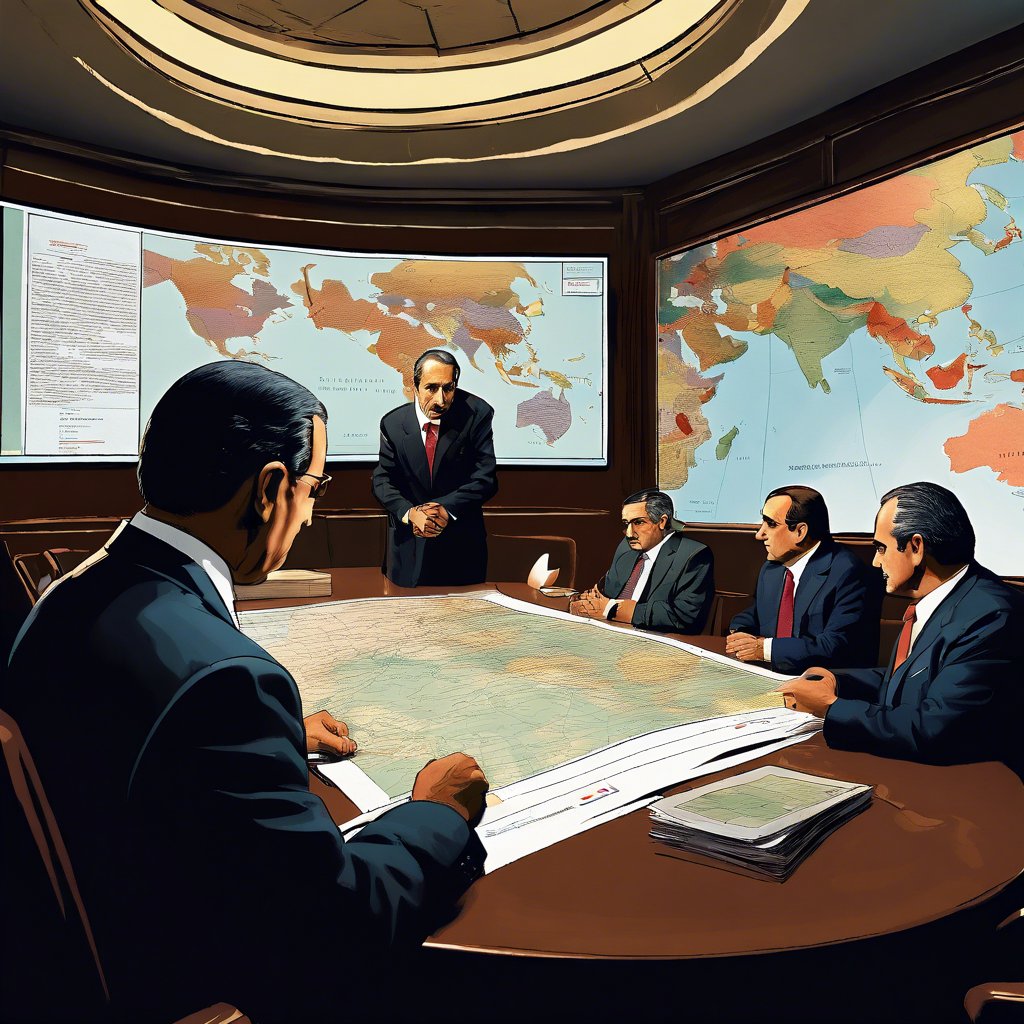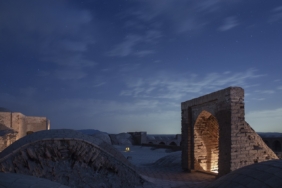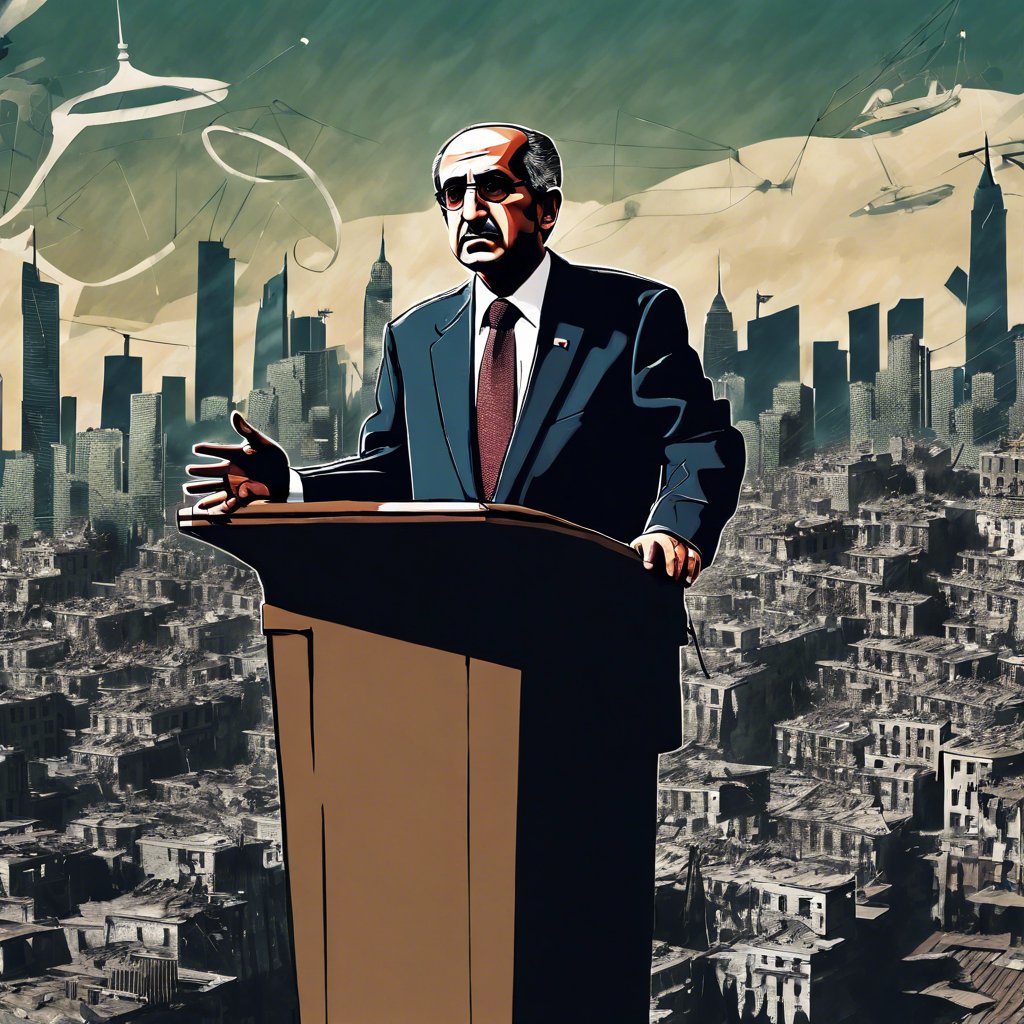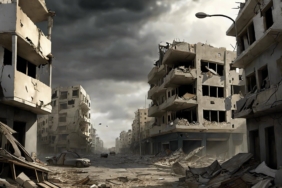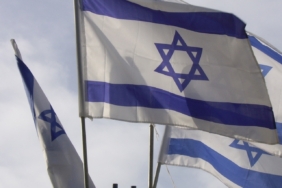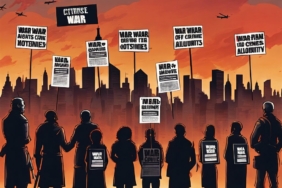Unprecedented Challenges for President Masoud Pezeshkian
Traditionally, newly elected Iranian presidents have had a grace period to adapt to the entrenched patterns of nuclear escalation, military confrontations with adversaries, and sporadic diplomatic negotiations with Western powers aimed at alleviating sanctions. However, President Masoud Pezeshkian was thrust into a tumultuous situation with only 10 hours to acclimate.
This brief window was shattered by a violent explosion at an Islamic Revolutionary Guard Corps guesthouse at 2 a.m. in Tehran, which tragically resulted in the death of Ismail Haniyeh, the veteran political leader of Hamas. Notably, Mr. Haniyeh had not only been present at Pezeshkian’s swearing-in ceremony but had also engaged in a warm embrace with the new president earlier that day, followed by a meeting with the supreme leader, Ayatollah Ali Khamenei. This audacious assassination sent shockwaves through the Iranian political landscape.
Now, President Pezeshkian, together with Ayatollah Khamenei and senior military officials, faces a series of critical decisions that could potentially ignite conflict between two of the Middle East’s most formidable military forces. His inaugural day in office was consumed by national security discussions, setting a serious tone for his presidency. The ultimate decision on how to respond to this assassination lies with Mr. Khamenei, who has already ordered Iranian forces to retaliate against Israel, which is believed to have had a role in this act of violence.
The manner in which Iran chooses to retaliate will significantly influence the trajectory of regional stability. A direct missile strike, such as the one Iran attempted for the first time in 45 years back in April, could provoke a dangerous cycle of retaliation. Additionally, should Hezbollah, Iran’s closest ally, increase its assaults on northern Israel, or if the Houthis amplify their strikes in the Red Sea, the conflict could escalate and draw in additional actors, potentially leading to military involvement from American naval forces in order to secure maritime routes.
Amidst these precarious options lies perhaps the most critical decision: whether Iran will take the final step toward developing an actual nuclear weapon. For decades, the nation has danced around this threshold, producing nuclear fuel and, in recent years, enriching it to levels perilously close to those required for a bomb. Nevertheless, U.S. intelligence assessments indicate that Iran has consistently refrained from crossing this line, a decision that Iranian leadership has been publicly reevaluating in recent months.
